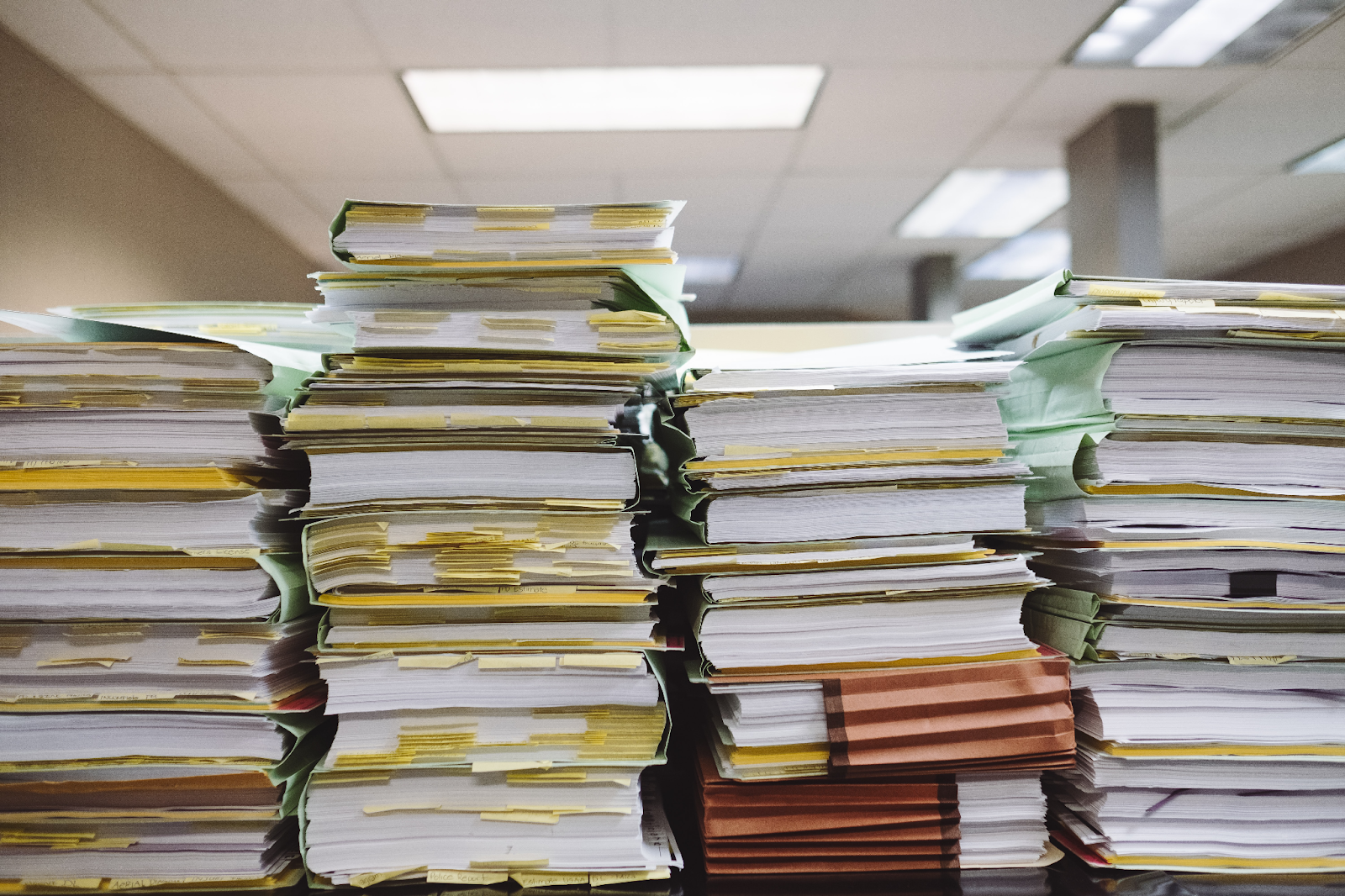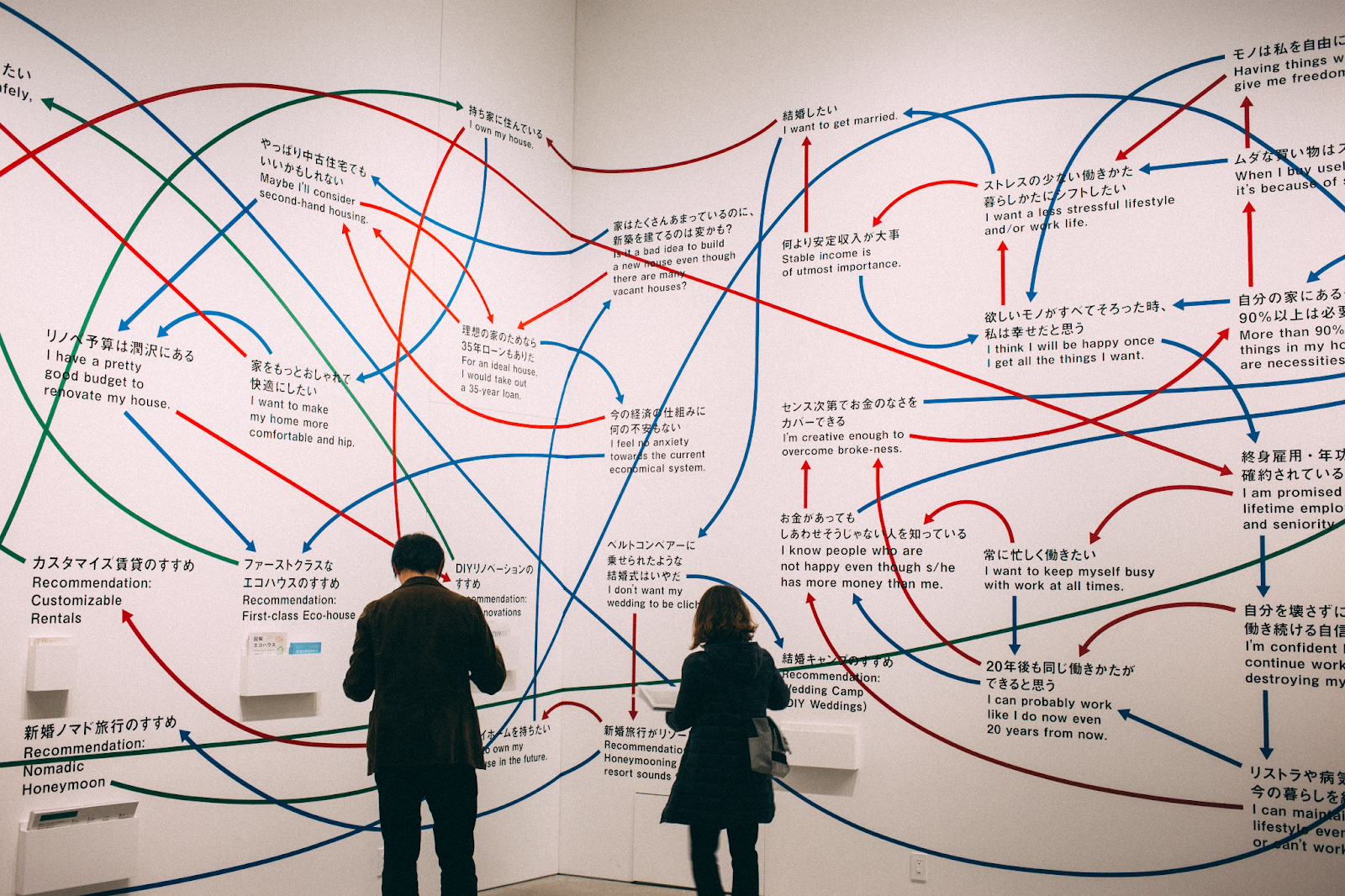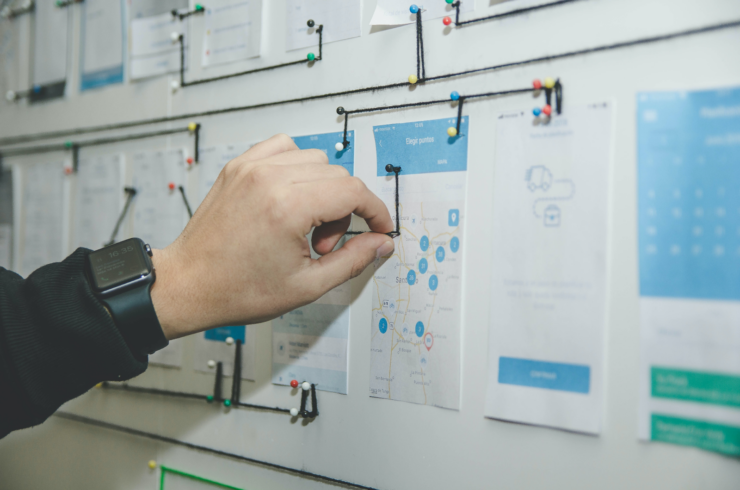In today’s business world, more and more emphasis is being placed on the management of projects. This is because an increasing number of organisations are realising that their success or failure depends on their ability to control costs and deliver quality products or services within specific timeframes.
One of the key tools that organisations use to manage their projects is known as project controls.
It’s only when costs go spiralling and schedules are massively off track that you realise the importance of these controls.
They might be a hassle to complete and take care of when you’re first completing processes and documents associated with them, but all successful companies will tell you the same thing: project controls are worth their weight in gold.
But what exactly are project controls? And when do you need to implement them?
In this article we will discuss what project controls are, the different types of project controls, how to implement them in your projects and why you should use them.
Let’s get started!

What Are Project Controls?
Project controls are the processes and activities that aim to keep a project on track in terms of quality, time and cost.
They come about as a result of the need to avoid or mitigate risks that could potentially impact the successful delivery of a project.
In terms of how they are used, project controls can be either reactive or proactive.
Reactive controls are put in place after risks have been identified, whereas proactive controls are implemented at the start of a project in order to avoid risks altogether.
For example:
- Reactive: If the budget for a project has been blown, then reactive controls would be put in place in order to prevent this from happening again in future projects. This might include introducing more stringent budget controls and better reporting mechanisms.
- Proactive: If there is a risk that a particular supplier might not be able to deliver on time, then proactive controls would be put in place in order to mitigate this risk. This might involve sourcing materials from multiple suppliers or having contingency plans in place.

Types Of Project Controls
There are four main types of project controls:
Quality Controls
This is ensuring that the quality standards set for the project are being adhered to. This includes activities such as inspections, audits and reviews.
- Inspection: This is when someone with the relevant expertise checks whether the project deliverables meet the quality standards set.
- Audit: An audit is an independent review of the project to check whether it is being run as per the plan.
- Reviews: A review is a more general meeting where the project team and stakeholders discuss the project progress and identify any issues that need to be addressed.
Schedule Controls
This is making sure that the project activities are taking place as per the schedule. It also involves tracking milestones and deliverables.
- Tracking milestones: This involves tracking whether the project milestones are being met or not.
- Monitoring deliverables: This is to ensure that all project deliverables are on track and will be delivered as per schedule.
- Creating a baseline schedule: A baseline schedule is created at the start of the project and is used as a reference point to track the project schedule.
Cost Controls
As the name suggests, cost control is all about keeping track of the project budget and ensuring that costs are within limits set.
- Tracking actual costs: This involves tracking the actual costs incurred against the budgeted costs.
- Forecasting future costs: This is to estimate the future costs of the project and compare it with the budget.
- Controlling change requests: Change requests can have a significant impact on project costs. Therefore, it is important to control them and ensure that they are in line with the project budget.
Documentation Controls
Documentation control is the process of maintaining and managing all project documents in a central repository. This includes everything from project plans to reports and minutes of meetings.
- Maintaining a central repository: All project documents should be maintained in a central repository so that they can be easily accessed by all project stakeholders.
- Version control: It is important to maintain different versions of project documents so that the latest version can be accessed by everyone.
- Review and approval process: A review and approval process should be in place for all project documents before they are finalized.

When Should You Implement Project Controls?
Considering their importance to the success of a project, project controls should be implemented at every stage of the project life cycle. This includes the initiation, planning, execution and close-out phases.
It’s also important that project controls are applied to all aspects of the project, including scope, schedule, cost and quality.

Dos And Don’ts Of Implementing Project Controls
Project controls are a nuanced part of doing business and need to be approached carefully. There are a few dos and don’ts when it comes to implementing these controls, as follows:
Do: appoint a dedicated project control specialist or team. This will ensure that there is someone with the knowledge and experience required to put together an effective project control system.
Don’t: try to do everything yourself. Project controls can be complex and time-consuming, so it’s important to delegate tasks and responsibilities to those who are best suited to them.
Do: communicate with all stakeholders about the project control processes that will be put in place. This will ensure that everyone is aware of what is expected of them and how they can help to keep the project on track.
Don’t: forget to review and update your project control processes on a regular basis. As the project progresses, you may find that certain processes are no longer effective or need to be adapted to new circumstances.
Do: put together a comprehensive project control plan. This should include all of the different types of controls that will be put in place, as well as how and when they will be implemented.
Don’t: try to implement too many controls at once. This can quickly become overwhelming and lead to errors and omissions. It’s important to start with the basics and then build up from there as required.
Do: set up alerts so that you can be alerted as soon as something goes off track. You need to be ready to take actions as soon as anything deviates from the status quo. Alerts will help you keep your guard up and make sure your project controls are as effective as possible.
Don’t: wait until things go wrong to implement project controls. By then, it will be too late. Take preventive measures and make sure the problem doesn’t happen in the first place. You’ll save yourself time, money and a headache!
Do: automate where possible. This will save you time and effort in the long run and makes sure you’re focused on the most important tasks rather than worrying about project controls all the time.
Don’t: rely on a single tool or method to monitor and report on progress. Use a combination of tools and methods to get a complete picture.

5 Reasons You Need To Use Project Controls
If you’re still skeptical about the use of project controls, then here are 5 reasons to change your mind!
1. Keep A Project On Track
By their very nature, project controls help to keep a project on track in terms of quality, time and cost.
For example, by using earned value management, you can keep track of whether a project is on schedule and within budget.
2. Avoid Or Mitigate Risks
One of the main aims of project controls is to avoid or mitigate risks that could potentially impact the successful delivery of a project.
Risk registers are an excellent example of this. You can identify and track risks so that they can be dealt with in a proactive manner.
3. Improve Communication
Project controls also help to improve communication between different project stakeholders.
Change management processes are a way to improve communication, as you can ensure that all stakeholders are kept up to date with changes to the project.
4. Increase Transparency
Transparency is key in any project, and project controls help to increase transparency.
For example, by using document management systems, you can ensure that all project documents are accessible to all relevant stakeholders.
5. Improve Efficiency
Finally, project controls help to improve the efficiency of projects as a whole. Process improvement tools such as Six Sigma can streamline project processes and make them more efficient, especially if you’re working on multiple projects simultaneously.

Final Thoughts
Now that we have understood what project controls are and the various types that are out there, we can develop a deeper understanding of how these controls best be utilised for a specific company.
It’s clear to see that project controls are essential for the successful delivery of any project. By using them, you can keep a project on track, avoid or mitigate risks, improve communication and increase transparency.
Have a browse of the dos and don’ts list above for some best practices, and try to implement these in your company however possible. Best of luck!
